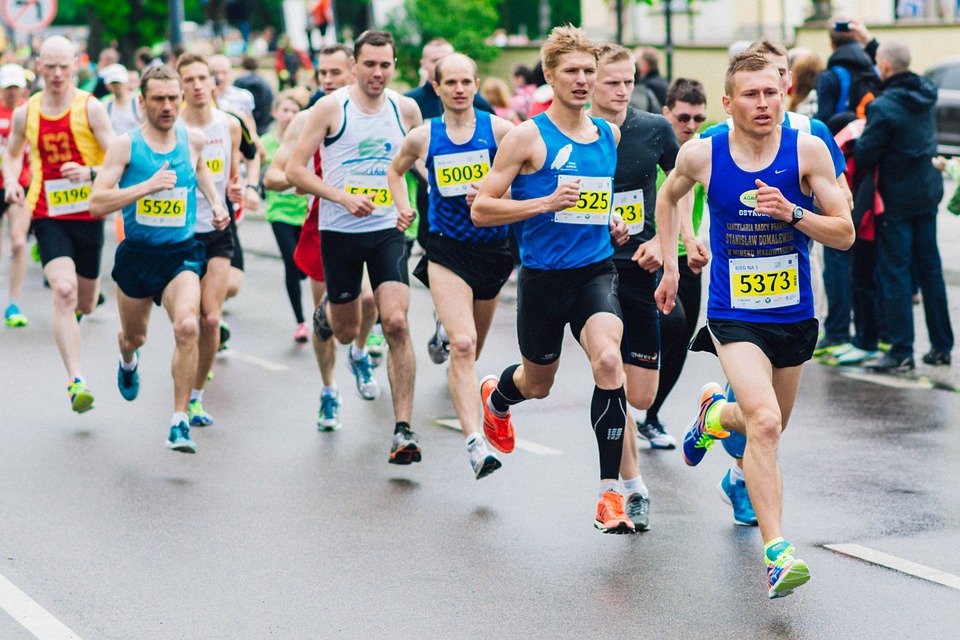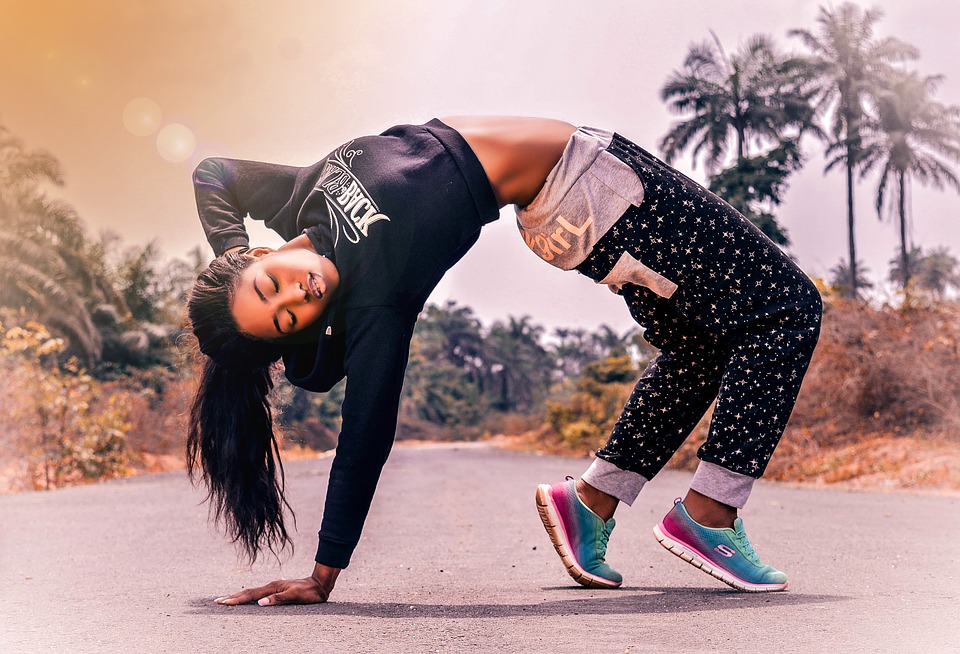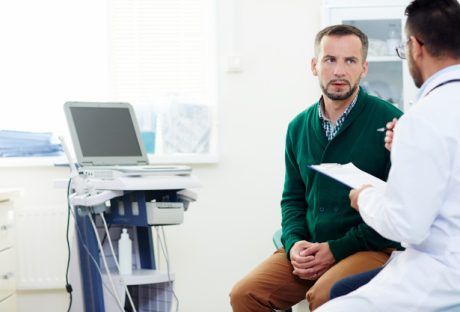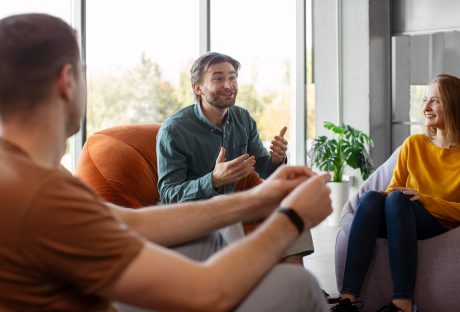Water, an undeniable necessity
“Water is the driving force of all nature.” -Leonardo da Vinci
Water is the undeniable necessity of life. A human body composes of 50 to 65 percent water and an infant is made up of 78 percent water. It forms the basis of existence for all living organisms and is one of the five major elements of nature, the other four beings; space, fire, air,and earth. The vital property of buoyancy of water provides relief to the beginner yoga enthusiasts who experience joint or muscle pain. It also helps in acclimatizing after an injury or surgery due to the upward force that minimizes the effects of gravity.
The concept of Aqua Yoga
Imagine a situation where your yoga instructor directs you to jump into a vibrating pool of water and drills you to perform various asanas with ease. Isn’t the thought of it just exhilarating? Indeed it is.

Yoga in water or Aqua Yoga is the art of practicing yoga in water. It has an extra benefit of exercising without sweat and paining muscles. Aqua yoga Asians develop flexibility and core strength. It is majorly practiced to relieve all the physical and mental pain and is specifically recommended for pregnant women and senior citizens.
The body only bears 20 percent of its weight while being chest-deep submerged in water. This property of water enables one to stretch deeper and easily balance, which is sometimes not even possible on land.
‘I was surprised by how much more flexible my body felt in the pool, and how easily I slipped into a meditative state.’ This statement by the famous yoga fanatic, Chelsey Hamilton further portrays the benefits of practicing yoga in water.
Origin of Aqua Yoga
“Yoga, an ancient but perfect science, deals with the evolution of humanity. Yoga means union – the union of body with consciousness and consciousness with the soul. Yoga cultivates the ways of maintaining a balanced attitude in day to day life and endows skill in the performance of one’s actions.”
Yoga in its various forms originated about 5000 years ago in India and till date, it has experienced significant changes in its execution and practice due to change in the public’s perception and change in lifestyle. Aqua Yoga is one such change in execution. Due to the underlying benefits of exercising yoga in water, various yoga instructors started taking classes in pools and even the students benefitted in various ways from it. This resulted in the formation of yet another type of yoga i.e. Aqua yoga.
Different Asans in Aqua yoga
Some Aqua Yoga instructors follow the Bikram yoga practice and heat the pool to 88-92 degrees to aid with flexibility and relaxation. While the others preach asanas in normal temperature water. The practice of Aqua Yoga relives all the weight-bearing issues since it serves as a natural strut for helping the body to balance and stay upright. There are various asanas that can be performed underwater. Some of them are as follows:
- Adho Mukha Vrksasana (Handstand):
While performing headstands underwater, individuals must very comfortable underwater and holding your breath for a short time. Underwater headstands are significantly beneficial for improving breathing.
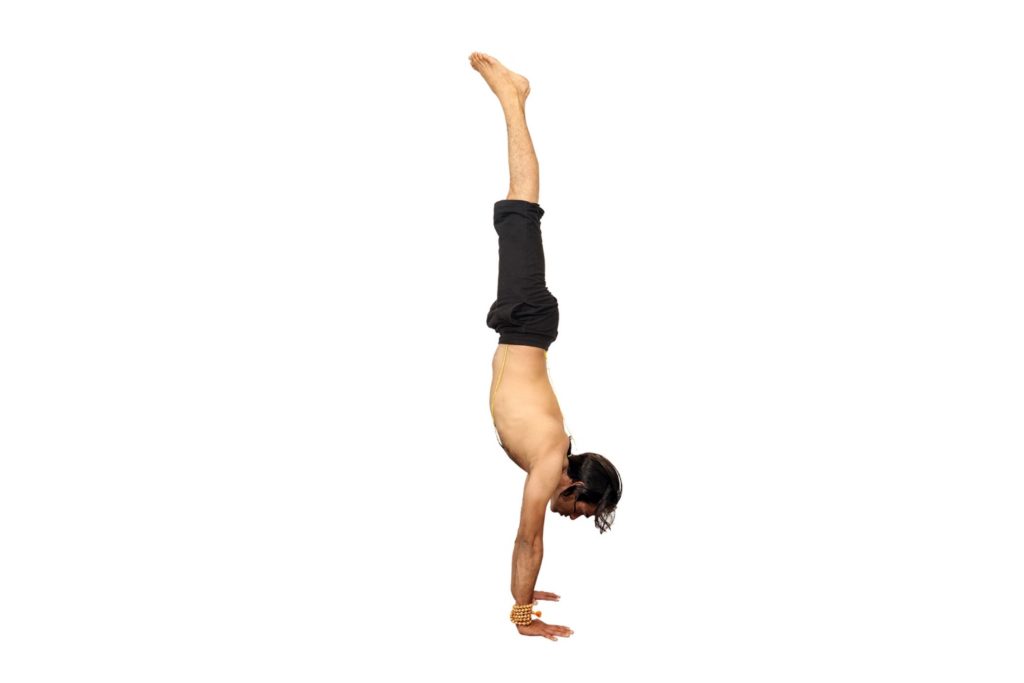
- Ardha Chandrasana (Half Moon Pose):
This pose, when practiced underwater strengthens the thighs, ankles, abdomen, and buttocks. It also effectively stretches the groins, hamstrings, and calves.

- Padangusthasana (Big Toe Pose)
This pose is one of the most exciting poses one can practice underwater. This yoga asan is useful in strengthening the back and arms as one expands and opens through the chest.

“The movements are very fluidic underwater, therefore it is easy for some people to focus more and achieve ideal results,” says yoga expert Amrapali Patil. Aqua Yoga is indeed workout without pain and sweat and various yoga teacher training institutes in India preach it due to its usefulness.
Read also:













